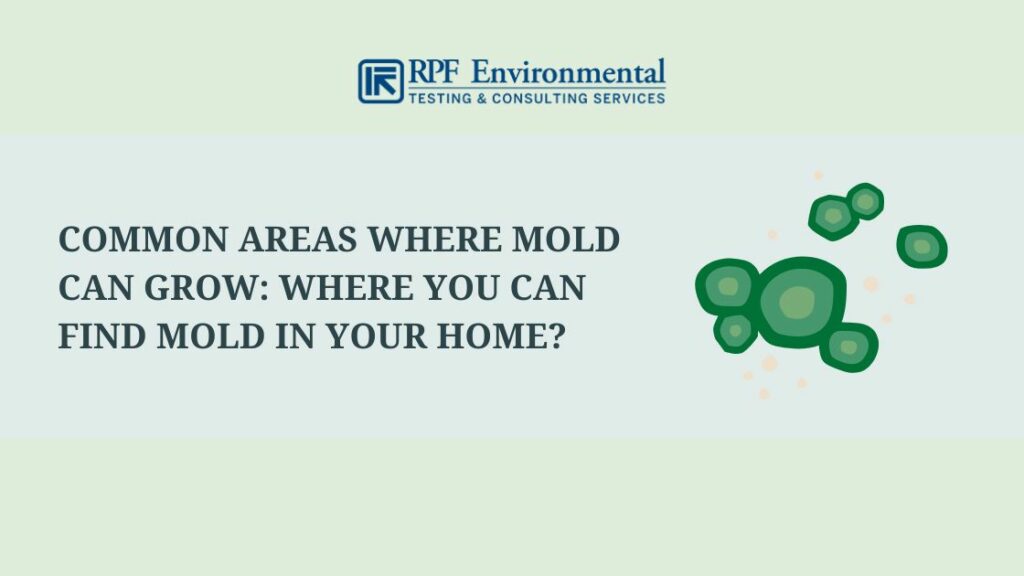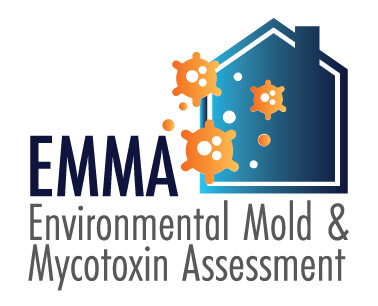Just How Mycotoxin Screening Aids Prevent Contamination and Protect Food Materials

Mycotoxin testing is an important method in the food industry, acting as a frontline protection against contamination by damaging toxins produced by mold and mildews. With the application of advanced techniques like High-Performance Fluid Chromatography (HPLC) and Fluid Chromatography-Mass Spectrometry (LC-MS), food producers can accurately measure and discover mycotoxin levels in farming products. This proactive strategy not just makes certain compliance with rigid safety and security regulations yet likewise mitigates health risks to customers. Regular screening fortifies brand name reputation and economic health by lowering contamination-related events. So, just how precisely do these screening protocols incorporate right into the wider food safety and security technique?
Comprehending Mycotoxins
Understanding mycotoxins begins with recognizing that they are toxic secondary metabolites produced by certain molds, which can contaminate agricultural products. These metabolites are not essential for the growth or reproduction of the fungis yet can have extreme effects for animal and human health and wellness. Mycotoxins are frequently discovered in staple crops such as corn, wheat, barley, and nuts, where they can proliferate under specific problems of dampness and temperature level.
There are several kinds of mycotoxins, each created by different fungal varieties. Fusarium types generate fumonisins and trichothecenes, both of which are associated with numerous severe and chronic wellness problems.

Threats of Mycotoxin Contamination
The dangers of mycotoxin contamination are multifaceted, presenting considerable hazards to both food security and public health. Mycotoxins, poisonous compounds generated by specific kinds of fungi, can infect a broad array of agricultural items including grains, nuts, spices, dried out fruits, and coffee.
Economic effects are another major problem. Polluted plants can result in significant financial losses for farmers and food manufacturers due to decreased returns and the need for pricey decontamination procedures. Furthermore, worldwide profession can be considerably prevented as countries impose rigorous mycotoxin regulations to secure their populaces, leading to declined deliveries and stretched trade connections.
Ecological factors such as climate modification worsen the threat of mycotoxin contamination. Variants in temperature level and moisture can create beneficial conditions for fungal growth, boosting the probability of contamination occasions. Hence, understanding and minimizing these threats are essential for guaranteeing the security and integrity of global food supplies.
Methods of Mycotoxin Evaluating
Precisely determining mycotoxin contamination in farming products is important for protecting public health and wellness and preserving food safety standards. Various methods are used to detect and evaluate mycotoxins, each offering details benefits and restrictions.
High-Performance Liquid Chromatography (HPLC) is a widely used approach as a result of its high level of sensitivity and precision. It involves dividing mycotoxins from various other compounds in a sample, enabling exact metrology. Likewise, Liquid Chromatography-Mass Spectrometry (LC-MS) incorporates fluid chromatography with mass spectrometry to offer detailed molecular details, making it specifically helpful see this for identifying numerous mycotoxins all at once - Mycotoxin testing Services.

Gas Chromatography-Mass Spectrometry (GC-MS) and Thin-Layer Chromatography (TLC) are also employed, each with unique applications. GC-MS works for unstable mycotoxins, while TLC offers a simpler, cost-effective alternative for preliminary testing.
Advantages of Routine Checking
Routine testing for mycotoxins in agricultural items supplies countless advantages, substantially adding to public health and wellness and food safety. By identifying contamination early, normal screening assists avoid the distribution of poisonous foods, consequently minimizing the danger of mycotoxin-related illnesses amongst customers. This proactive approach not just safeguards human health and wellness but additionally boosts the general quality of food products.
Various countries and regions have actually developed strict restrictions for mycotoxin levels in food and feed. Adhering to these limitations through regular screening makes certain that suppliers and producers satisfy lawful standards, thus staying clear of penalties and trade obstacles.
In addition, regular mycotoxin testing can cause substantial economic benefits. Early detection of contamination enables prompt treatment, reducing potential losses from extensive contamination. Carrying out normal screening protocols can additionally lessen recall expenses and relevant responsibilities, which can be financially devastating.
Additionally, routine screening supplies beneficial information that can educate better agricultural practices and storage space problems. By recognizing patterns of contamination, manufacturers can take on preventive measures, thereby reducing future risks and contributing to the sustainability of the food supply chain.
Applying Examining Methods
Applying reliable mycotoxin screening procedures is vital for making sure the security and high quality of agricultural products. Developing a durable testing framework entails numerous crucial steps, starting with the recognition of possible contamination points within the manufacturing and supply chain. This consists of pre-harvest, post-harvest, storage, and distribution phases. Each phase should be inspected to pinpoint where mycotoxin contamination is more than likely to take place.
When crucial control factors index are determined, selecting proper testing approaches is vital. Common strategies include enzyme-linked immunosorbent assay (ELISA), high-performance fluid chromatography (HPLC), and mass spectrometry (MS) Each method has its weak points and strengths; hence, choosing the right one depends on the certain mycotoxin being tested, the called for sensitivity, and offered sources.

Finally, integrating the screening protocols right into a detailed food safety monitoring system is a good idea. This enhances traceability and makes it possible for quick rehabilitative activities when contamination is spotted, therefore protecting the integrity of the food supply chain.
Verdict
Mycotoxin testing is crucial in stopping contamination and safeguarding food materials by enabling very early discovery of damaging toxins created by mold and mildews in agricultural other items. Advanced methods such as HPLC and LC-MS make sure conformity with security laws and safeguard customers from health dangers. Normal testing improves brand name credibility, economic stability, and rely on food safety and security by minimizing contamination-related losses and preserving high criteria in food production. Executing extensive screening protocols is therefore critical for the market's general health.
Mycotoxin screening is an indispensable practice in the food industry, serving as a frontline defense versus contamination by harmful toxins produced by mold and mildews. An incorporated technique including agricultural methods, storage management, and regular screening can minimize the threats linked with mycotoxin contamination, making certain food safety and security and public health and wellness.
The dangers of mycotoxin contamination are multifaceted, posing significant threats to both food safety and security and public wellness.Routine testing for mycotoxins in farming items uses various benefits, significantly adding to public health and wellness and food security.Mycotoxin testing is crucial in protecting against contamination and securing food supplies by enabling very early detection of harmful contaminants created by molds in farming products.